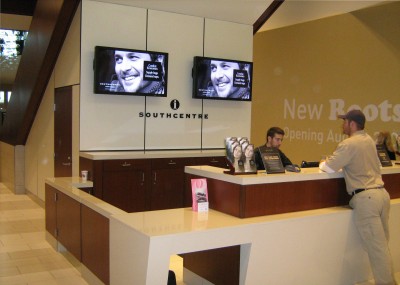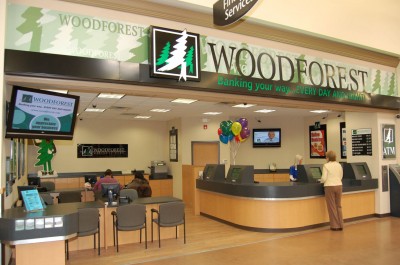Networks in the cloud

A community cloud shares IT infrastructure with a group of organizations, all of which have similar system requirements (e.g. security protocols). This type of cloud can be managed either internally or by an outside third party, but as the cost is shared among a limited number of users, the potential for savings is reduced.
A private cloud, sometimes known as an internal or corporate cloud, may also be managed either in-house or by a third party, but provides hosted IT services only to a single organization. This model usually requires greater use of on-premise computing resources and reduces the benefits of cost sharing found in both ‘hands-free’ public and dedicated cloud systems.
Even given the aforementioned security protocols and private cloud management scenarios, however, by choosing to host a network in the cloud, there is always an inherent risk the client’s data is out of the client’s control. Personal information residing with a third party could potentially be misused or sold to another company.
Even without malicious intent, when users from around the world are accessing the same servers daily, there needs to be concern over the presence of malware or viruses. Cloud computing providers work to ensure their servers are heavily protected, but there have been plenty of examples of ‘data leakage’ from such systems. Security varies by vendor.
When a digital signage network is outsourced, the client is choosing to become completely dependent on a third party for operations. Thus, should that vendor go bankrupt or its network go down, the client’s digital signage will cease to function. In a worse-case scenario, all of the screens could remain blank until legal proceedings are resolved. And should the client decide to change providers, data migration can present a difficult and costly process.

So, with digital signage quickly becoming an integral part of many business environments, it is critically important to consider the potentially negative ramifications of handing over control of a network and access to its data.
Staying close to home
While SaaS-based digital signage networks have been generating a lot of buzz, there are still strong arguments in favour of opting for an on-premise system. The cloud promises lower upfront costs and reduced infrastructure requirements, but these benefits come with a price in terms of security, control, customization and licensing costs.
On-premise digital signage network management provides users with complete control of their systems to meet various requirements. They can not only tailor their network, but also integrate it with other on-premise resources—such as security, surveillance and safety systems—to help ensure the right messages are displayed at the right place and time.
Indeed, the type of content to be displayed will also play a role in determining whether to opt for a cloud-based or on-premise network or some type of hybrid system. An in-house system can provide advanced tools for delivering graphically rich messaging and changing it based on interactivity and other external triggers.
On-premise systems also offer the ability to customize real-time metrics applications that collect, interpret and distribute data about digital signage performance. This allows a business to adapt more flexibly to changing requirements and thus improve the productivity of its digital signage content.
Hosting a network in-house has proven a viable option for many companies. Nevertheless, careful consideration is required to ensure the right decision is made.






